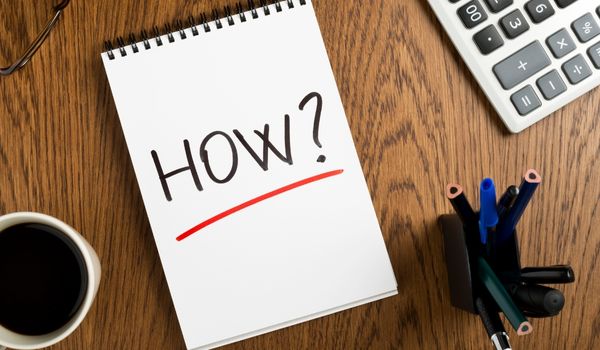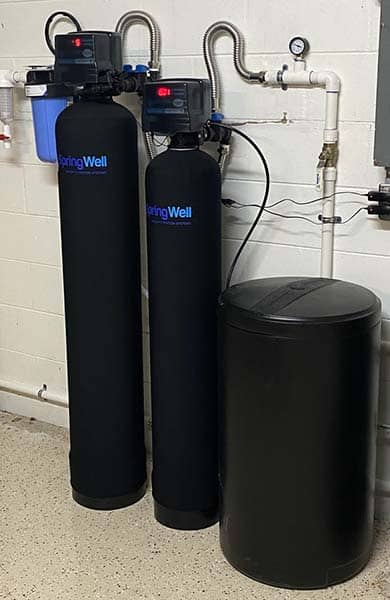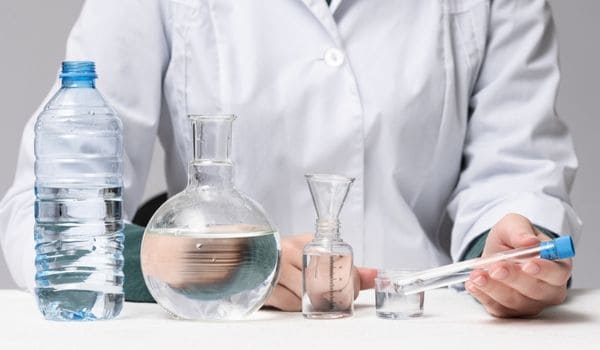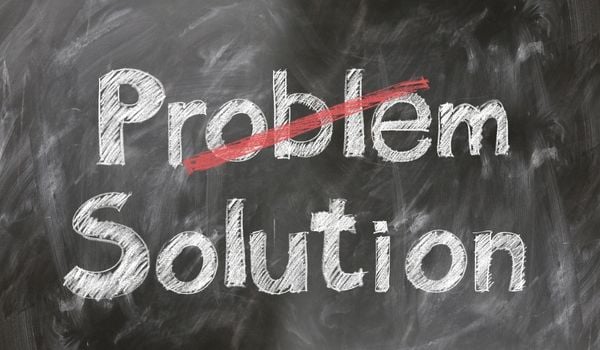If you’re staring at a new filtration system wondering which goes first — the filter or the softener — you’re not alone. It’s one of the most common plumbing puzzles homeowners face.
And while the answer depends on your water source and goals, don’t worry — we’ll break it down simply. By the end of this guide, you’ll know exactly what goes where and why.
⚡ Quick Takeaways
- 🛠️ Filter or Softener First? Install the water softener first only if your water is clean — no sediment, chlorine, or iron.
- 🧲 Got Gunk? If you see sediment or test high for chlorine or iron, your whole-house filter should go first.
- 📉 Flow Rate Matters: The system that needs higher flow (especially for backwashing) should be installed first.
- 🧪 Test Before You Decide: Always start with a water test to understand your water’s unique needs.
- 🧩 Match Your Gear: If you need both, choose compatible filters and softeners that follow both rules.
🏠 What Does a Whole-House Filter Really Do?

Whole-house water filters clean up your water before it enters your home’s plumbing, so every tap — from your kitchen sink to your shower — gets filtered water.
They’re not just for better drinking water. These systems also protect appliances, reduce staining, and improve the quality of water used for laundry, dishes, and bathing.
Most setups use a single filter type — like carbon for chlorine or sediment for dirt — but multi-stage systems are common, combining several filter types for broader protection.
🔗 Want the full breakdown? Here’s how whole-house filters work.
💧 What Does a Water Softener Really Do?

Water softeners don’t remove contaminants — instead, they deal with hardness, which comes from minerals like calcium and magnesium. Hard water isn’t harmful to drink, but it can:
- 🪨 Leave scale buildup in your pipes and water heater
- 💸 Shorten appliance lifespan, leading to costly repairs
- 🧼 Make soap harder to lather and rinse off
- 🍽️ Leave spots on dishes and stiffen your laundry
The system works by using ion exchange — resin beads in the tank grab onto hard minerals and swap them for sodium ions. When the beads are full, the system flushes out the minerals during regeneration using salt water from a brine tank.
👉 Looking for alternatives? Salt-free systems (aka water conditioners) use a different tech called TAC — we’ll get to that later.
🧂 Do You Need Both? Filter + Softener Explained

If your home has both hard water and contaminants, there’s no single filter that solves both problems. In most cases, you’ll need a softener and a whole-house water filter to get the best water quality.
Think of it this way:
💧 A water filter protects you by removing things like chlorine, lead, and pesticides.
🔧 A water softener protects your home — keeping your pipes, appliances, and water heater free from limescale buildup.
Still, softeners have pros and cons worth considering. While soft water helps with dry skin, soap scum, and appliance efficiency, it can:
- Taste flat or salty
- Add sodium to your drinking water
- Release brine that’s not eco-friendly in certain areas
If you’re concerned about that, a salt-free water conditioner might be a better fit. These use Template Assisted Crystallization (TAC) to prevent scale without removing healthy minerals or adding salt.
👉 Want to understand how softeners and filters stack up? Here’s a full breakdown of filters vs softeners.
🧪 Why You Should Test Your Water First

Before you install anything, it’s important to know exactly what’s in your water.
If you’re on city water, request your municipal water quality report — it should list common contaminants like chlorine, lead, or disinfection byproducts. But keep in mind, that report reflects water leaving the treatment facility — not what’s coming out of your tap.
If you use well water, testing is entirely up to you. And since well water isn’t regulated, it can carry bacteria, iron, manganese, or other hidden contaminants that damage equipment or harm your health.
🎯 Best bet? Get a full water test from a lab or reputable service like SimpleLab. You’ll learn exactly what you’re dealing with — and avoid wasting money on filters you don’t need.
👉 Check out our guide to water testing for more tips and options.
🔄 Which Goes First: Filter or Softener?

When it comes to placement, this question trips up a lot of homeowners — but the answer really depends on your water source and what you’re trying to remove. Let’s break it down.
📋 Filter or Softener First? Quick Guide
Here’s a quick cheat sheet to help you decide:
| 📌 Situation | 🔧 What Goes First | 💡 Why |
|---|---|---|
| 🏙️ City water with chlorine | 🧽 Water filter | 🧪 Chlorine can damage softener resin |
| 🌾 Well water with sediment or iron | 🧱 Water filter | 🛡️ Filters protect softener from clogging or damage |
| 💧 Clean water (low chlorine/iron) | 🧂 Water softener | ✅ No pre-filter needed — softener handles hardness |
| 🚿 Flow rate concern | ⚙️ Higher-flow system goes first | 📉 Prevents backwash & regeneration issues |
💡 Pro Tip: If you’re working with both a filter and a softener, always check the flow rate specs for each. The one with higher pressure needs usually goes first — this ensures both systems work efficiently and don’t choke each other out.
🚫 Don’t Put a Filter Before the Pressure Tank

If you’re on a well system, you probably have a pressure tank sitting between your well pump and the rest of your plumbing. It’s essential for regulating water flow and pressure throughout your home.
- 💧 But here’s the rule: Never install a whole-house water filter before the pressure tank.
Why? Because filters restrict water flow — that’s their job. But if one’s placed upstream of the tank, it can prevent the tank from filling properly. That means reduced water pressure, short-cycling issues with your pump, and possibly even damage to your system over time.
- 👉 Always install the filter after the pressure tank so that your system can function as intended.
🛠️ Good to know: If you’re looking to filter out sediment before it hits your tank, consider a spin-down sediment filter that’s rated for pre-tank use — some models are designed specifically for this setup.
✅ Wrap-Up: What Goes Where — And Why
Water softeners and whole-house filters don’t compete — they complement each other. One protects your plumbing, the other protects your health.
If your water has sediment, chlorine, or iron, a filter goes first. If your water is relatively clean but hard, a softener can go first. When in doubt, refer to flow rate specs and test your water to know exactly what you’re working with.
🔍 Need help? See our step-by-step guide to how whole-house systems work, or take a deep dive on softeners vs. water filters to see which one (or both) is the best fit.
✅ Get your water tested, review your options, and make the setup work for your home — not against it.
 112 people found this helpful. Was this guide helpful to you?
112 people found this helpful. Was this guide helpful to you? 

